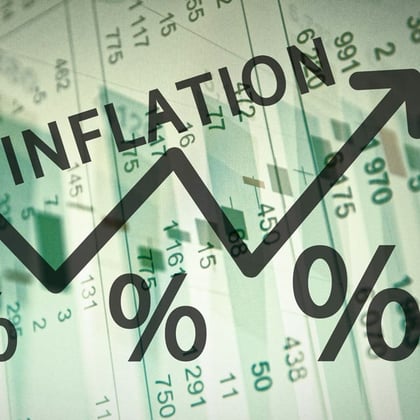What You Need to Know
- “Inflation remains the biggest risk to financial markets,” said Daniel Shaykevich, senior portfolio manager at Vanguard.
- The Federal Reserve says rising inflation is
- The April CPI report showed prices jumping 4.2% vs. April 2020, the biggest rise in over a dozen years.
The 4.2% jump in April consumer prices, which was the biggest year-over-year increase in more than 12 years, spooked stock and bond markets alike on Wednesday.
Both the Dow Jones Industrial Average and the S&P 500 fell about 2%, while the Nasdaq retreated 2.7%, and the 10-year Treasury yield reached 1.7%, its highest level since late March.
“Inflation remains the biggest risk to financial markets,” said Daniel Shaykevich, senior portfolio manager at Vanguard, who spoke on a webinar about the post-COVID bond market. “It is the only constraint on what central banks can do to support the economy.”
He noted that if the major market risk is coming from inflation, like today, bonds and stocks can move in the same direction, which was the case.
The Market vs. the Fed
Whether that risk will continue and drive stock and bond markets lower is uncertain. The Federal Reserve has repeatedly said inflation will rise largely because of the “base effects” of comparing today’s prices to those at the same time a year ago when the economy was mired in a deep downturn due the spreading coronavirus pandemic.
The increase will be “transitory,” according to Fed Chairman Jerome Powell and other central bank officials. On Wednesday Fed Vice Chairman Richard Clarida repeated the refrain, though he said he was surprised by the 4.2% print, which was above what he and others had been expecting. Clarida noted that the Fed would be monitoring long-term inflation expectations “very closely.”
Rick Rieder, BlackRock’s chief investment officer of global fixed income and head of the BlackRock global allocation investment team, isn’t as assured as the Fed about the temporary nature of rising prices.
“While the Fed may continue to describe this inflation spike as ‘transitory,’ should we witness a series of upside surprises to inflation, like today’s, then markets might begin to challenge the Fed’s narrative,” Rieder wrote in his commentary on the April inflation report.
Leading Wednesday’s surge in consumer prices was a 10% jump in used car prices and a 50% increase in energy prices from the previous April. The core CPI, which excludes food and energy prices, rose 3%, the biggest jump since 1981.









 May 12, 2021 at 06:01 PM
May 12, 2021 at 06:01 PM











